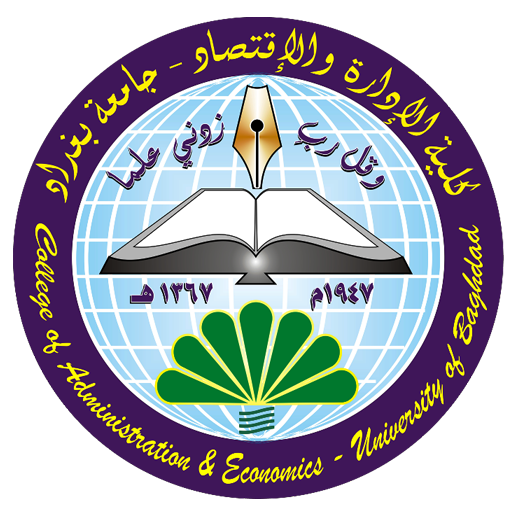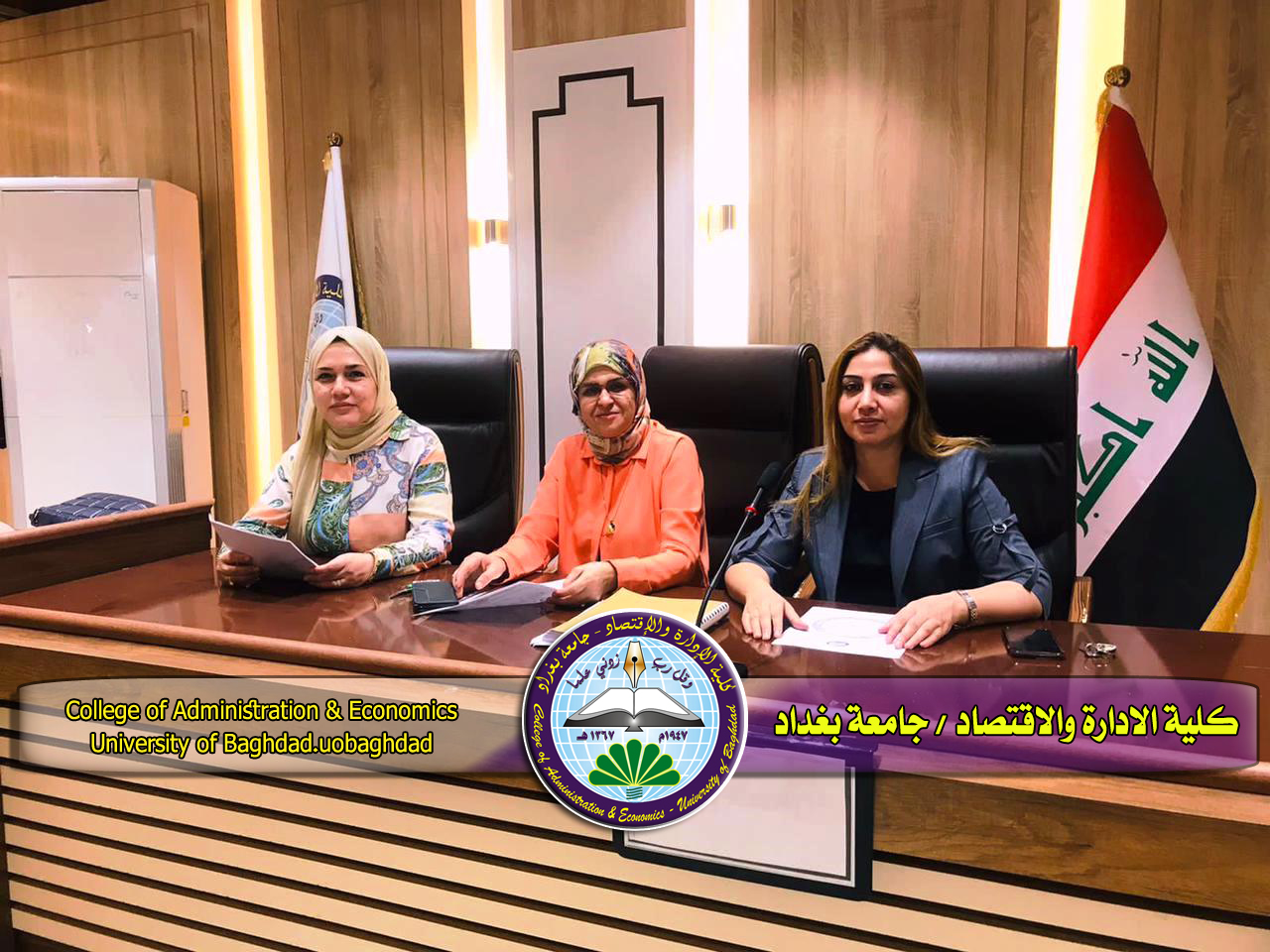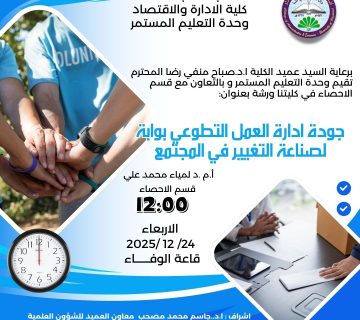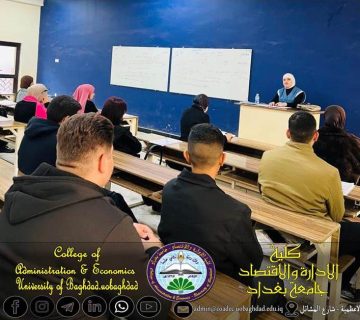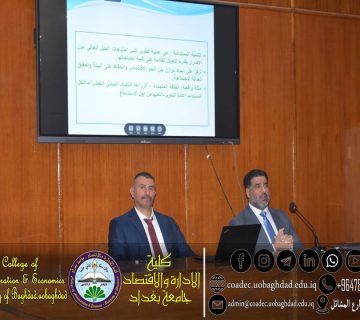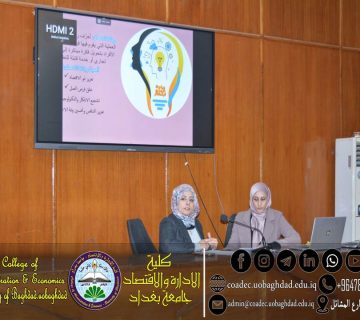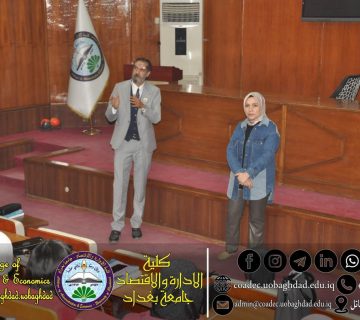The Continuous Education Unit, in cooperation with the Business Administration Department, organized a scientific symposium entitled “The High Illiteracy Rate among Women, Causes and Treatments,” presented by Assist.Prof. Amira Shukr Albayti, Assist.Prof.Dr. Suha Jamal Mouloud.
The workshop aimed to study the negative effects of the increasing illiteracy rate among women, for it is a time bomb to destroy the basic building block of society, furthermore, they discussed how to find solutions and treatments for the phenomenon of illiteracy in all its forms.
According to the statistics of the Central Agency for the year 2017, illiteracy constitutes approximately six million women, i.e. a rate of 28% of the population rate, while the percentage of digital literacy reached 96 out of every 100 women at a time when the balance of knowledge and sciences has become measured on the scale of digital technologies and sciences, which is a large number in a country that is trying to find a place. It is among the countries of the developed world.
The symposium reached a number of recommendations/conclusions, the most important of which are:
- Illiteracy in all its forms weakens human potential and the process of sustainable development.
- Illiteracy also constitutes a barrier to the development of people and the progress of societies.
- Illiteracy contributes to the spread of ignorance, the prevalence of wrong ideas, and belief in superstitions.
- Literacy is considered an engine for sustainable development, as well as an inherent part of education and a form of progress.
- Digital literacy also plays a powerful role in helping people communicate, learn, and engage with their communities and create a more promising future.

